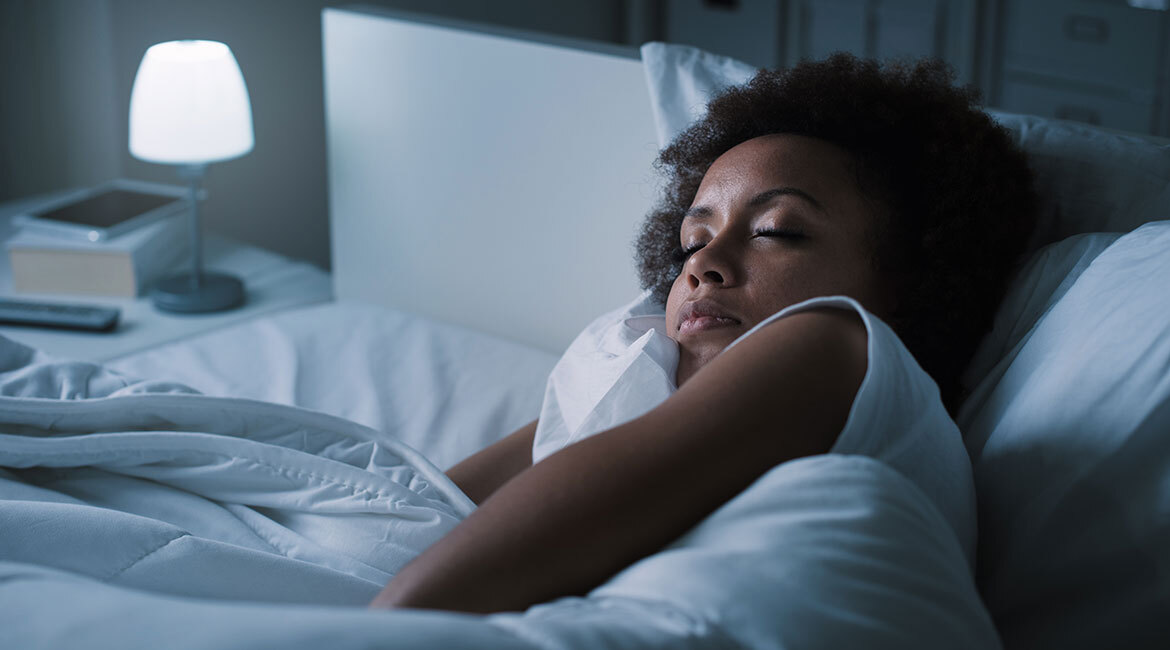Unobtrusive Sleep Monitoring

The header image was bought on Istock.com and is protected by copyright.
Unconstrained sleep monitoring is a promising field of research that consists of evaluating sleep quality without compromising the subject’s comfort, while requiring fewer resources than the conventional sleep test known as Polysomnography (PSG). However, challenges faced during unobtrusive sleep monitoring, such as signal deterioration, make the procedure less reliable and harder to validate clinically. Our study presents a comprehensive review of the proposed materials and methods used in this field, which we hope could pave the way for future research endeavours addressing the question: How to assess sleep stages and sleep quality less intrusively, and reliably. Keywords: actigraphy, body movements, patient monitoring, polysomnography, pressure sensor mattress, cardiac activity, unconstrained sleep monitoring, unobtrusive sleep studies, respiration
Introduction
At least half of people over the age of 65 experience disturbed sleep [1]. This number is expected to grow until 2050, leading to a solid increase in required budget and care resources [2]. In spite of the high prevalence of sleep disorders, a relatively low willingness of the subjects to resort to clinical solutions has been reported. During the conventional sleep test known as Polysomnography (PSG), people are asked to sleep one or several nights in a clinic, wearing at least 22 cables and sensors attached to the body [3]. During the test, the subject is attached to the sensors shown in the following figure:

Figure 1 Acquisition protocol and general workflow in a PSG procedure
After the test, sleep professionals analyze the results on a graph showing sleep stage evolutions called Hypnogram, which provide insights on sleep quality and the presence of disorders. Typically, sleep architecture is the repetitive occurrence of same sleep stages, namely NREM1, NREM2, NREM3, REM, and wakeup. Researchers have been trying to propose alternative solutions to PSG to lessen the imposed constraints during sleep tests, and requiring fewer resources. In this article, we propose a review of these methods based on three categories: cardiac, breathing and movements activities.
Unobtrusive Sleep Monitoring: Physiological Patterns, Sensing and Processing Techniques
Unobtrusive sleep studies could be divided into several categories depending on the categorization criteria used: 1) activity-based—physical, cardiac, breathing, 2) techniques-based—camera, microphone, electrodes, 3) acquisition protocol-based—wearing a belt or a wristwatch, and 4) parameter-based—heart rate or breathing rate. The diagram depicted in Figure 1 shows the three categories of unobtrusive sleep monitoring methods depending on the measured physiological activity, with the corresponding acquisition method, hardware, and the obtained physiological parameters split accordingly. In the following sections, we discuss the techniques used to monitor sleep in an unobtrusive way using cardiac, breathing, and body movements activity.
Cardiac-Based
Heart rate variability over time is a proven powerful biomarker giving insights on sleep stages. For instance, the most popular proposed methods have been classified as a time or frequency domain, geometric, and non-linear methods, in which the ratio of several frequency ranges is quantified and assigned to a specific sleep stage [4]. In each category, the methods could be parametric or nonparametric, depending on whether the prediction was model-based or data-driven, respectively. Sensing techniques mainly include 1) conductive coupling that require a direct contact between an electrode and the skin, and could be integrated into clothing or undergarment belts and straps; 2) capacitive coupling that consists of isolating the skin and the conductive electrodes with the subject’s clothes, and where electrodes are often integrated into the mattress; we collected and studied different electrodes placement on the mattress as follows:

Figure 3 Capacitive electrodes placement on mattress in unobtrusive signal acquisition scenarios
Measurements using reference and the measuring electrodes could be performed from different body regions depending on the application and constraints; and 3) other sensing techniques such as ballistocardiography or accelerometer, or light-based such as photoplethysmography and actigraphy, respectively.
Breathing-Based
Respiration has been widely monitored during sleep for subjects suffering from sleep-disordered breathing [5]. The following figure shows a pressure sensor based respiratory effort signal we succeeded to derive using multi sinusoidal model based Kalman filter:

Figure 4 Respiratory effort signal derived using a pressure sensor mattress from a subject sleeping in a dorsal position
Moreover, breathing activity defined by the depth and frequency of breaths becomes irregular during waking epochs, with a tendency to be more regular during NREM 1, and regular with few disturbances in NREM 2 and 3. During REM, breathing becomes irregular with intermittent alternations of breathing and breath-holding epochs. Sensing technologies include photoplethysmography, respiratory inductance plethysmography, respiratory belts, pressure mattresses, nasal airflow sensors, and camera monitoring.
Activity-Based
Body movements activity [6] and posture [7,8] have been widely used in estimating general sleep parameters and sleep stages [9–11]. Activity counting, in counts per minute (CPM), is shown to be highly correlated with general sleep parameters like Total Sleep Time (TST) [12]. Other applications include the identification of specific sleep disorders like periodic limb movements (PLM). Sensing techniques include infrared and red-green-blue cameras, pressure mattresses, ballistography, actigraphy, and others.
Application Challenges
The clinical application of these methods remains limited due to several factors, mainly the lack of validation. Several issues make clinical validation a challenging task, namely the complications that stem from clinical experimentation and database availability, maintaining conformity of the proposed techniques to the existing norms and regulations, signal deterioration due to specific conditions, leading to under- or over-estimation of sleep parameter values, and other factors [6].
Conclusion
Although still in its early stages, unobtrusive sleep monitoring is a prominent research area that requires combined multidisciplinary efforts to yield the expected results. Future research endeavours must tackle the challenges of the application, towards a wider and consistent clinical application, making sleep studies comfortable, reliable, and requiring less material and human resources.
Additional Information
For more information on this research, please read the following research paper:
Matar, G., Lina, J. M., Carrier, J., & Kaddoum, G. “Unobtrusive sleep monitoring using cardiac, breathing and movements activities: an exhaustive review.” 2018 IEEE Access, 6, 45129–45152



